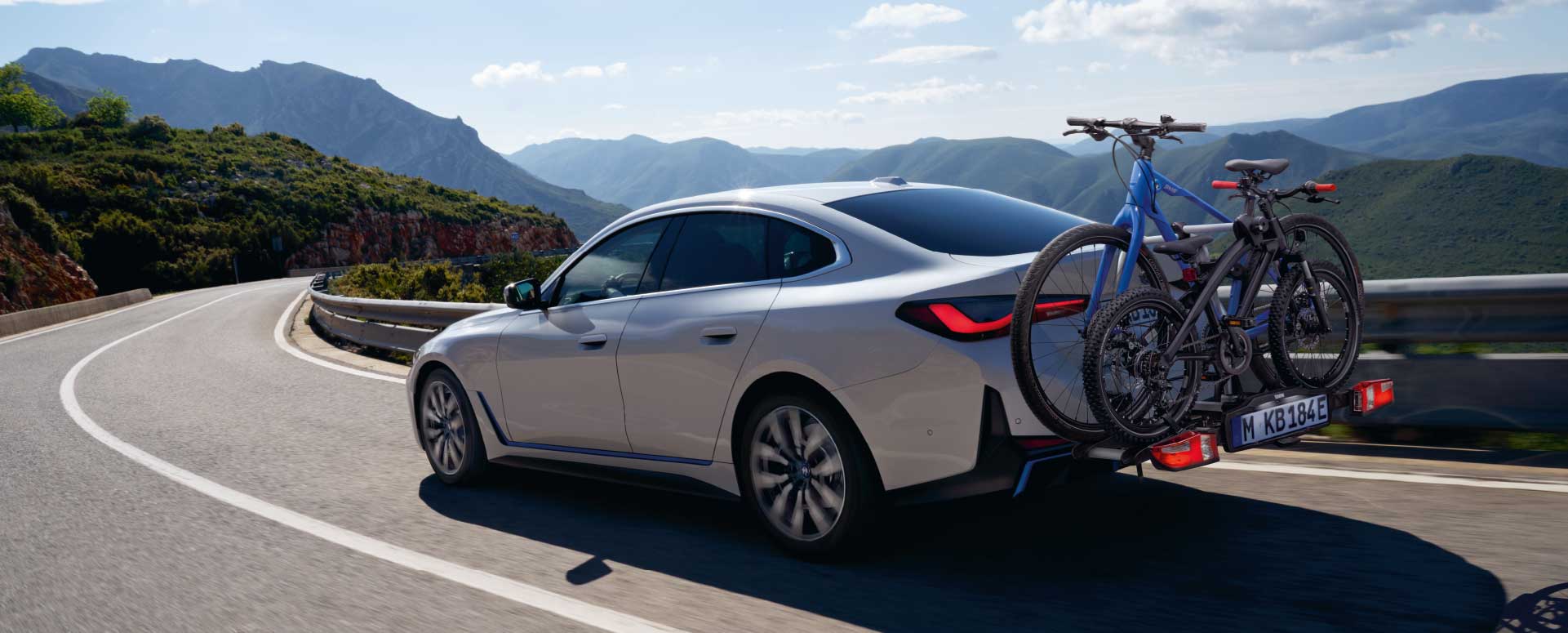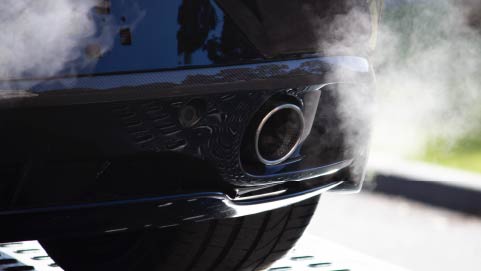VED: What are the changes?
Any vehicle registered on or after April 1st 2017 is subject to new Vehicle Excise Duty (VED) rates, based on CO2 emission bandings. Previously, tax was due on vehicles which emit 101g/km CO2 and above. The rates for new vehicles that fall into these bands have now increased. Vehicles registered before April 1st 2017 pay the previous rates.
New tax bands are introduced for vehicles with CO2 emissions between 1 and 100 g/km, which were previously exempt.
Finally, regardless of CO2, if a vehicle costs £40,000 or more, it is subject to a new premium rate billed annually.
First year rate rises disproportionately for lower emitting vehicles
Vehicles with emissions between 76 to 130g/km which previously paid nothing in the first year are now faced with a bill of between £100 to 160. This increase is disproportionate to ‘mid-tier’ emitting vehicles, such as those that emit 145g/km, which rises from £145 to £200.
That means lower emitting vehicles have had a bigger percentage increase in first year VED rates than some higher polluting vehicles.
Petrol and diesel vehicles pay the same rate of VED from the second year, despite CO2 differences
Unless the vehicle costs over £40,000, all petrol and diesel vehicles pay the same £140 rate of VED from the second year and onwards.
That means that a small-capacity Ford Fiesta pays the same amount of annual VED from year two as a Land Rover Evoque.
Alternative fuel vehicles like a hybrid Toyota Prius get a £10 reprieve and pay £130.
Lower emission, high value vehicles pay more than high emission, low value vehicles
Vehicles with lower-emissions and a higher value are worse off against a lower priced vehicle with much higher emissions.
A car worth £40,000 or more with 100g/km costs £1,470 over a 4-year period.
Compare that to a vehicle that is worth less than £40,000 that emits more than 151g/km which costs £920 over the same period.
That means that a vehicle with 50 percent higher emissions pays nearly 50 percent less VED on the new scheme, just because it costs less.
Zero emission vehicles with high values pay more too
Pure Electric Vehicles with zero emissions are required to pay no first year or annual VED retaining all the benefits of the previous system – except if they cost over £40,000. In this case there is a £310 annual ‘premium’ rate of VED due.
That means a total VED spend of £620 over 3 years - that is more than vehicles that cost less than £40,000 that emit 150g/km of CO2 would pay over the same period (£480).
How consistent are the VED changes with the Government’s policy of CO2 reduction?
Car tax is a method for funding much-needed developments to our road and transport networks, however the government has the publicly stated aim of reducing CO2. One way then can do this is through incentivising the use of more eco-friendly vehicles.
The examples shown above demonstrate both the complexity of the new system and that the Government’s intentions appear to be at odds with each other. Such measures as the introduction of the £40,000 banding ignore CO2 reduction altogether.
Neal Francis, PVM Divisional Managing Director, commented: "We would urge the government to re-evaluate how the structure operates in practice as until 2020, there is little incentive for drivers to select lower emission vehicles which will compromise the Government’s ability to achieve their stated goal of ongoing CO2 reduction."





